| Lamas lies on the
River Bure - 8 miles north-east of
Norwich. It is a charming
village and holds the dust of two of Norfolk's most
iconic authors: Anna Sewell and Walter Rye. The village name, thought to be of Danish origin, can
be spelt with either one of two 'ms'. In the Domesday
book, it appears as Lamers but in other early documents
there is a dot over the 'm' signifying a double letter.
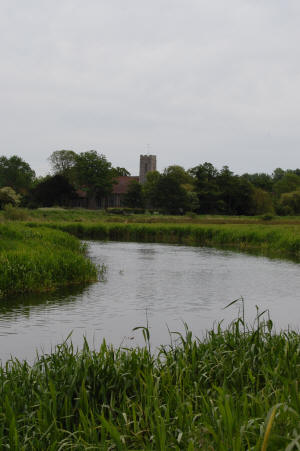
St. Andrew's Church,
Lamas
Anna Sewell (1820-78)
Anna Sewell, who was the author the classic
children's book Black Beauty, is buried in the graveyard of the Quaker
Chapel
in Lamas. The chapel has now been turned into a house
but some of the stones (including Anna's) have been set
into the wall at the front of the house. Other gravestones are
still visible among the yew trees in the garden.
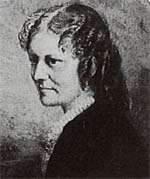
Anna Sewell
Anna Sewell and her mother Mary were both Quakers and
worshipped in the chapel. Anna's famous story, which was
written at the White House on Spixworth Road in
Old Catton, features the
adventures and misfortunes of a horse called Beauty. The
book was written in the first person through the eyes of
Beauty and became an instant success when it was
published in 1877.
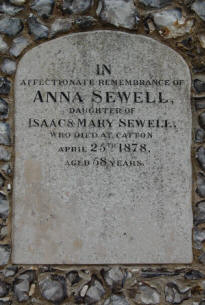
Anna Sewell's Grave
Stone
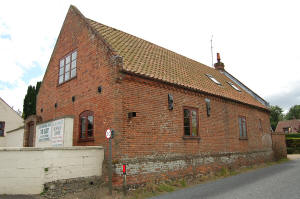
The Old Quaker Chapel,
Lamas
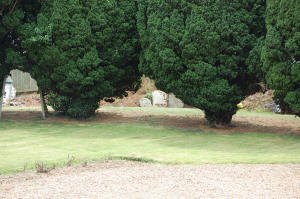
Yew Trees where Anna
Sewell was Buried
See also Buxton, Great Yarmouth
and Norwich.
Walter Rye (1834-1929) Inside St. Andrew's Church there is a
memorial window to Walter Rye the Norfolk antiquary.
Rye spent most of his life working as a solicitor in
London - but from the age of 21 onwards he always took
walking or cycling holidays in Norfolk.
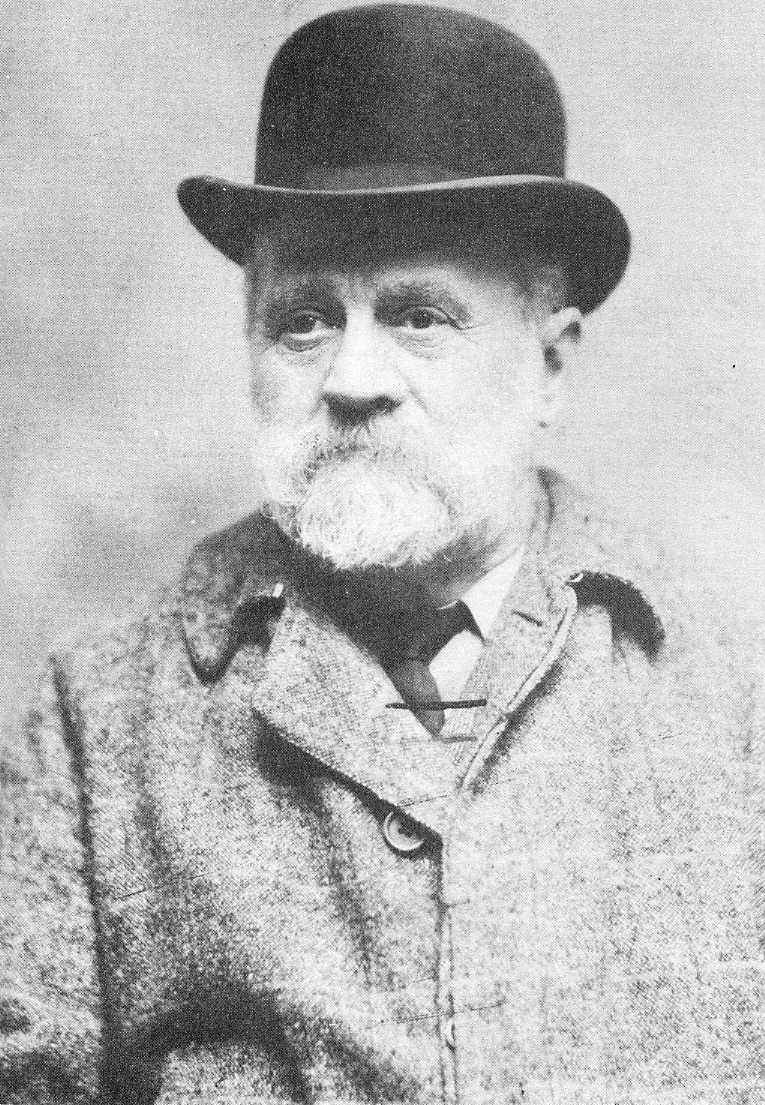
Walter Rye At the age of 56
he retired from the law and moved to the county on a
permanent basis. He was actively engaged in founding the
Broads Protection Society, was Lord Mayor of Norwich
from 1908-9 and had a passion for restoring old
buildings - including St Leonard's Priory on Mousehold.
For some years he was also the proprietor of the
Maid's Head Hotel
- ostensibly to prevent it being let to a brewer.
Rye wrote many books about the county including a
history of the parish of Heigham and a follow-up to Rev
Robert Forby's (see Fincham)
Vocabulary of East Anglia. In his day he was also
an outstanding athlete, a crack pistol shot and a
pioneer of cycling.
Walter Rye is buried in the churchyard; his grave lies
just inside the entrance gate on the right hand side. He
lived in the village for a number of years.

Walter Rye's Grave at Lamas
|

